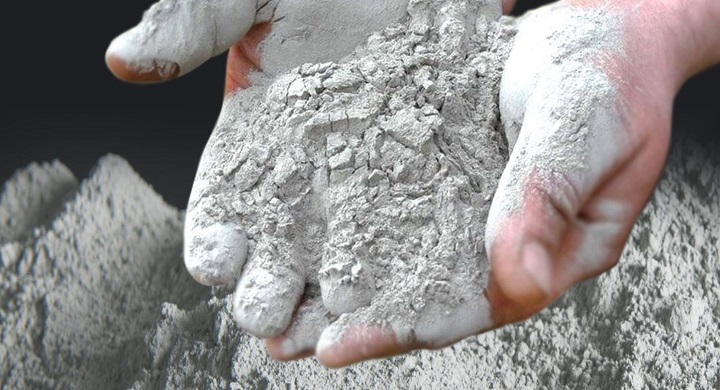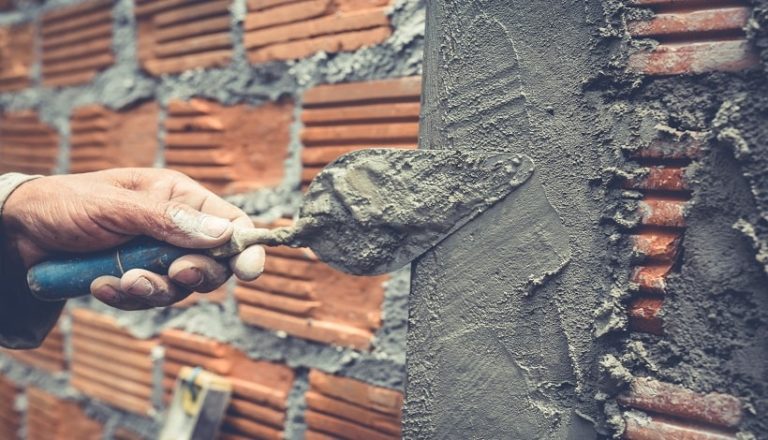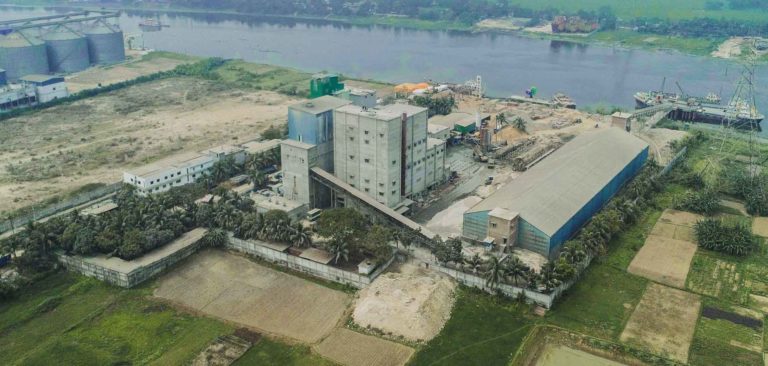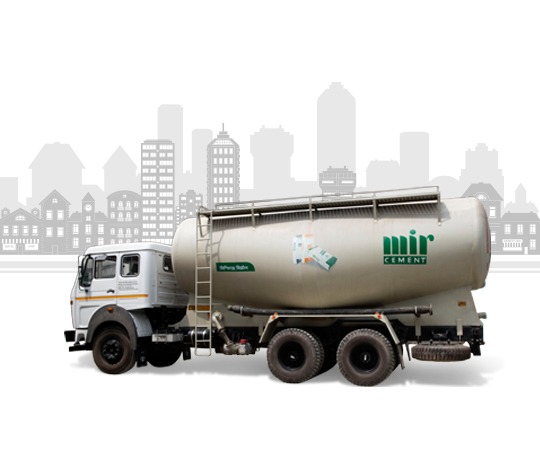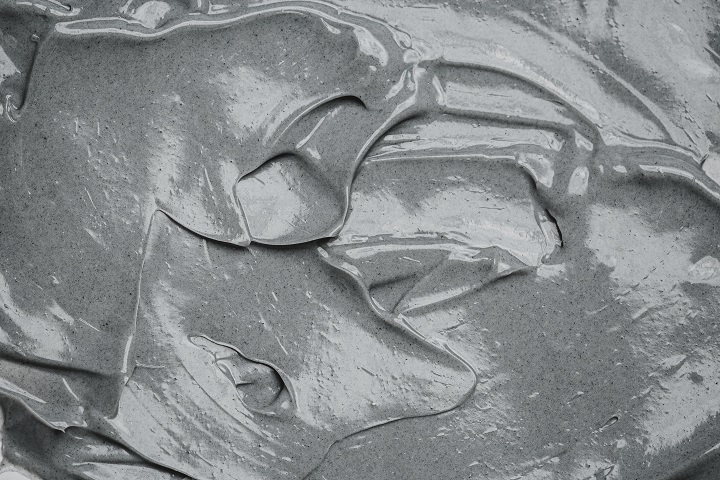PPC Cement in Bangladesh: Things to Consider Before Purchasing
Every construction project requires cement, and it is of paramount importance to check a few things before making such a purchase. Cement comes in various qualities, grades, and colors, and various categories of cement are used for different construction purposes. When the time comes to make a purchase decision, many questions usually arise. Brand, price, availability, cement type, storage policy, packaging, and the list goes on. Out of all the categories, Ordinary Portland Cement (OPC) and Portland Pozzolana Cement (PPC) are generally used in construction works.
What is PPC Cement?

PPC is a prevalent variant of cement available in Bangladesh and in the global cement market. PPC contains fly ash along with clinker and other materials. The fly ash in PPC cement makes it different from OPC cement. Fly ash is a by-product formed at thermal power plants while burning coal. So, reusing the burnt fly ash makes PPC a greener alternative in the wide variety of cement categories.
In a more technical sense, PPC cement is a form of Portland cement that is notable for the presence of Pozzolana materials like fly ash and volcanic ash, added to OPC by maintaining a certain percentage that varies from 15% to 35%. The result is a much finer grade of cement.
Generally, PPC cement strength is equivalent to OPC 33 grade cement which equates to 330 KG/sq cm. PPC cement is graded similarly to OPC which depends on the compressive strength after 28 days of settling. However, some brands of PPC cement can reach the strength of even 53 grade OPC cement.
Where Can You Use PPC Cement?
Before you purchase PPC cement, you should know where it can be applied in the best manner. Here is a list of the best use case scenarios for PPC cement.
- PPC cement is excellent for construction works that require impermeability. It is ideal for underground, wet concrete works, water systems, resistance to freshwater, and sulfate corrosion. PPC cement is extensively used in hydraulic systems, marine structures, water dams, construction in offshore locations, water disposal systems, etc.
- Like OPC cement, PPC cement is acceptable in general engineering works, including mass-concrete construction.
- PPC cement is necessary to create smooth surface finishes for decoration for aesthetic purposes.
- As PPC cement is cheaper, it is considered by many property owners who want to save some cost without losing any strength of the building.
- PPC cement is recommended for brick masonry, plastering, tiling, and waterproofing.
General Properties of PPC Cement
Here is a list of a few important properties of PPC cement:
| The initial setting time is: | 30 minutes (minimum) |
| The final setting time is: | 10 hours (maximum) |
| Strength achieved at three days: | 13 MPa (minimum) |
| Strength achieved at seven days: | 22 MPa (minimum) |
| Strength achieved at 28 days: | 33 MPa (minimum) |
PPC cement’s drying shrinkage is less than 0.15%. Even though PPC has lower early strength than OPC, it equals the final strength of OPC at 28 days. So, PPC has a lower strength development rate than OPC cement.
Source: The Constructor
Advantages of Using PPC Cement in Your Construction Project
Generally, different types of cement are used in construction projects to maximize its durability and efficiency. Using good quality PPC cement can save costs and provide greater value to the environment. Here are some significant advantages of using PPC cement:
- PPC cement is considered an Eco-Friendly cement because it utilizes the ingredients produced as waste or by-products in coal power plants. Using renewable and recycled waste makes PPC the first choice for many environmentally conscious individuals.
- PPC cement has a very fine powdery form that makes it an excellent choice for plastering.
- PPC cement consumes Calcium Hydroxide and does not produce it like OPC cement.
- PPC cement produces heat of hydration at a lower rate.
- Due to finer form compared to OPC cement, PPC cement has improved pore size distribution that helps to reduce the micro-cracks at transition zones.
- Portland Pozzolana Cement consists of silica material that makes it cheaper than other alternatives. Hence, the production cost of PPC is reduced, making it an economical option for many property owners.
- PPC cement has a very high resistance to sulfate attacks, making it ideal for specific structures like buildings along the seashore and other scenarios where structures are vulnerable to sulfate attacks.
- PPC cement can be easily used in prestressed and post-stressed concrete members.
- PPC cement reduces its carbon footprint further by eliminating carbon monoxide from concrete, a greenhouse gas, allowing the environment to be safer.
- Using PPC cement increases the toughness and durability of concrete. Pozzolana materials are very fine, allowing them to fill the holes between the reinforcement and aggregate, which decreases the shrinkage of structure and minimizes the formation of honeycombs, resulting in a reduced leakage.
Some Disadvantages of PPC Cement
Despite many advantages, PPC has some disadvantages that you should be aware of.
- PPC cement has a lower rate of strength development initially compared to OPC.
- PPC cement has lower corrosion resistance to corrosion of steel reinforcement.
- The setting time of PPC cement is usually longer than other alternatives.
Things to Be Aware of Before Buying PPC Cement
PPC cement can be used in almost all general-purpose construction works, including the housing sector. When strength is not of significant concern, PPC cement can provide excellent value to the customer. Using both PPC and OPC cement in different parts of the construction project will bring out the best result in durability and economic sense for the property owner.
You should always purchase PPC cement from recognized brands as they maintain a proper ratio of materials that ensure the cement quality is up to a standard. Also, check the cement bags for any deformities that can introduce moisture to the cement inside. The PPC cement should be used within three months of the manufacturing date.
One of the fundamental reasons developers and contractors prefer PPC over any other alternatives is that PPC cement is a greener choice, making less impact on the environment. As a conscious individual, reducing your impact on the environment will be highly beneficial for the future of our earth. So, PPC cement caters to different categories of construction requirements.
Summary
PPC cement is the go-to solution in construction projects. Its various advantages outweigh OPC, as PCC cement can overcome various challenges, especially in Bangladeshi construction scenarios. Moreover, it is a greener and safer alternative. Many experts believe that PPC is the future of all construction. The usage of PPC cement is expected to increase in Bangladesh in the upcoming years.
Mir Cement produces Mir Portland Composite Cement which is similar to PPC cement. Mir Portland Composite Cement is widely utilized in construction projects and as a binding material in Bangladesh. Its strength is BUET certified, which ensures maximum performance.
Frequently Asked Questions (FAQs)
What are some types of Pozzolana materials?
Ans: Some Pozzolana materials are Metakaolin, Silica Fume, Fly Ash, Slag, and Vitrified Calcium Alumino-Silicate.
What is the fineness of PPC cement?
Ans: PPC cement has a fineness of 300m2/Kg. It is more than OPC cement.
What is the curing period of PPC cement?
Ans: The minimum curing period for PPC cement should be less than ten days.
What kind of chemical attacks PPC cement can sustain?
Ans: PPC cement is resistant to chlorides and sulfates chemical attacks.
Can I use PPC cement for the footings of buildings?
Ans: Yes. You can use PPC cement in the footings of buildings.

